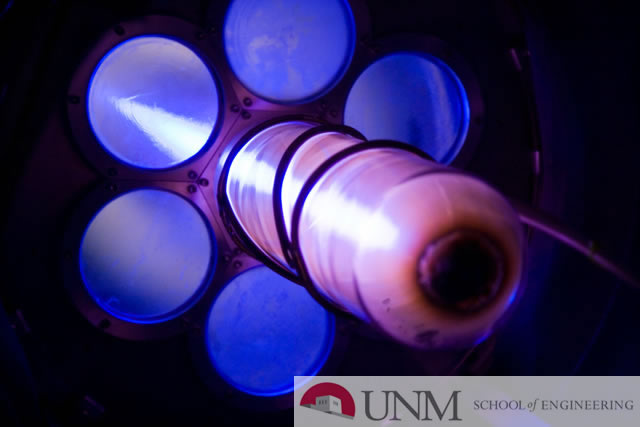
Mechanical Engineering ETDs
Publication Date
1-30-2013
Abstract
Non-contact metallization processes, such as aerosol jet printing, allows for the deposition and novel processing of nanoparticle based conductive circuitry. The primary advantages in the utilization of such methods include the minimization of substrate handling and the exploitation of nanomaterials ability to form electrically conductive pathways at temperatures as low as 80°C. Applying non-contact deposition techniques to the manufacturing of photovoltaic components has recently gained interest but one of the potential risks are unknown aging and failure mechanisms. Fatigue characterization of printed materials has been widely studied on flexible substrates. However, research on technologically relevant silicon has been limited and presents an opening for further investigation. This thesis demonstrates that non-contact printing methods can be extremely variable and material dependent. Furthermore, accelerated conductor aging on silicon as a result of applied strain has the potential to result in the formation of cracks along a printed conductor which serves to inhibit continuity in a printed device.'
Keywords
Three-dimensional printing--Reliability, Nanoelectronics, Nanoparticles.
Degree Name
Mechanical Engineering
Level of Degree
Masters
Department Name
Mechanical Engineering
First Committee Member (Chair)
Apblett, Christopher
Second Committee Member
Shen, Yu-Lin
Third Committee Member
Khraishi, Tariq
Document Type
Thesis
Language
English
Recommended Citation
Cook, Adam. "Mechanical and electrical fatigue of aerosol jet printed conductors." (2013). https://digitalrepository.unm.edu/me_etds/66



